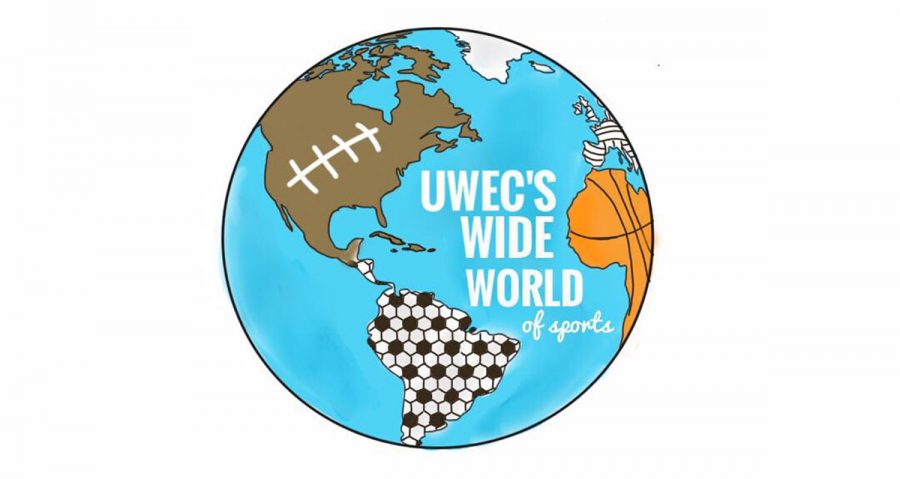UWEC’s Wide World of Sports
Diving into the dangerous sport of buzkashi
More stories from Lauren Spierings
Photo by SUBMITTED
Players take to the field — all of them in the game for themselves and only themselves. With a goat carcass on one end of the field, the riders do their best to keep the carcass to themselves.
Buzkashi, the national sport of Afghanistan, is a game popular for its grisly details and danger.
Meaning “goat pulling” in Persian, buzkashi is played almost similarly to polo in that players ride on horseback the entire game.
However, instead of using a ball, players are competing to get possession of a headless goat carcass.
Culture Trip said the goat is prepared 24 hours beforehand. The goat is decapitated and disembowelled, then its legs are severed at the knees. The body is then soaked in water for a day to harden the flesh and make the hide tough.
According to NPR, players are called “chapandaz.” Chapandaz often shove wooden and metal rods down their boots to try and prevent their legs from shattering during the game.
The game has spread to several groups in central Asia, including Kyrgyz, Turkmens, Pashtuns, Uyghurs, Hazaras, Kazakhs, Uzbeks and Tajiks, according to Culture Trip. Buzkashi has also reached as far as Turkey and western China.
There are two main forms of buzkashi, called “Tudabarai” and “Qarajai.” Each differs in rules and scoring methods.
According to Afghanistan Online, qarajai is played in teams and enables scoring through chapandazes — the plural form of chapandaz — dropping the carcass inside the “Circle of Justice” on the opposition’s end of the field. Before a team can score, they must make it around a marker with the carcass before dropping it in the circle.
Tudabarai is played with individual chapandazes, with the only goal being to gain the carcass and then ride away from other chapandazes in any direction for as long as possible.
In both versions of the game, points are awarded by gaining control of the goat, and, in qarajai’s case, by placing the goat in the circle.
Chapandazes become the “buzkash” once they get the goat carcass. The buzkash is not allowed to use their saddle to hold the goat as they ride. Instead, they must hold it up with either their hand or by wrapping it on their leg, Far West China said.
Chapandazes can also use their whips to hit their horses or other chapandazes’ horses as long as they do not strike another chapandaz.
Culture Trip said the best players today have personal sponsors. Those sponsors are backed by rich influencers who use the success of their players for fame and prestige.
Buzkashi saw a decline under the rule of the Taliban due to it being deemed immoral. Since the Taliban has been ousted, the popularity of the sport surged back to the top, Culture Trip said.
Buzkashi horses are quite expensive due to the amount of training and care given to them. NPR places the price going up to 50 thousand dollars. However, a healthy buzkashi horse can last up to 20 years in the sport.
Due to the steep price of the horses, chapandazes often partner with sponsors and businesses in order to afford their horses for the games.
Spierings can be reached at [email protected].

Timothy Spierings is a fourth-year Spanish and journalism student. This is their eighth semester on The Spectator staff. They enjoy trying all types of new foods and listening to new music artists and are currently trying to learn the bass guitar.

